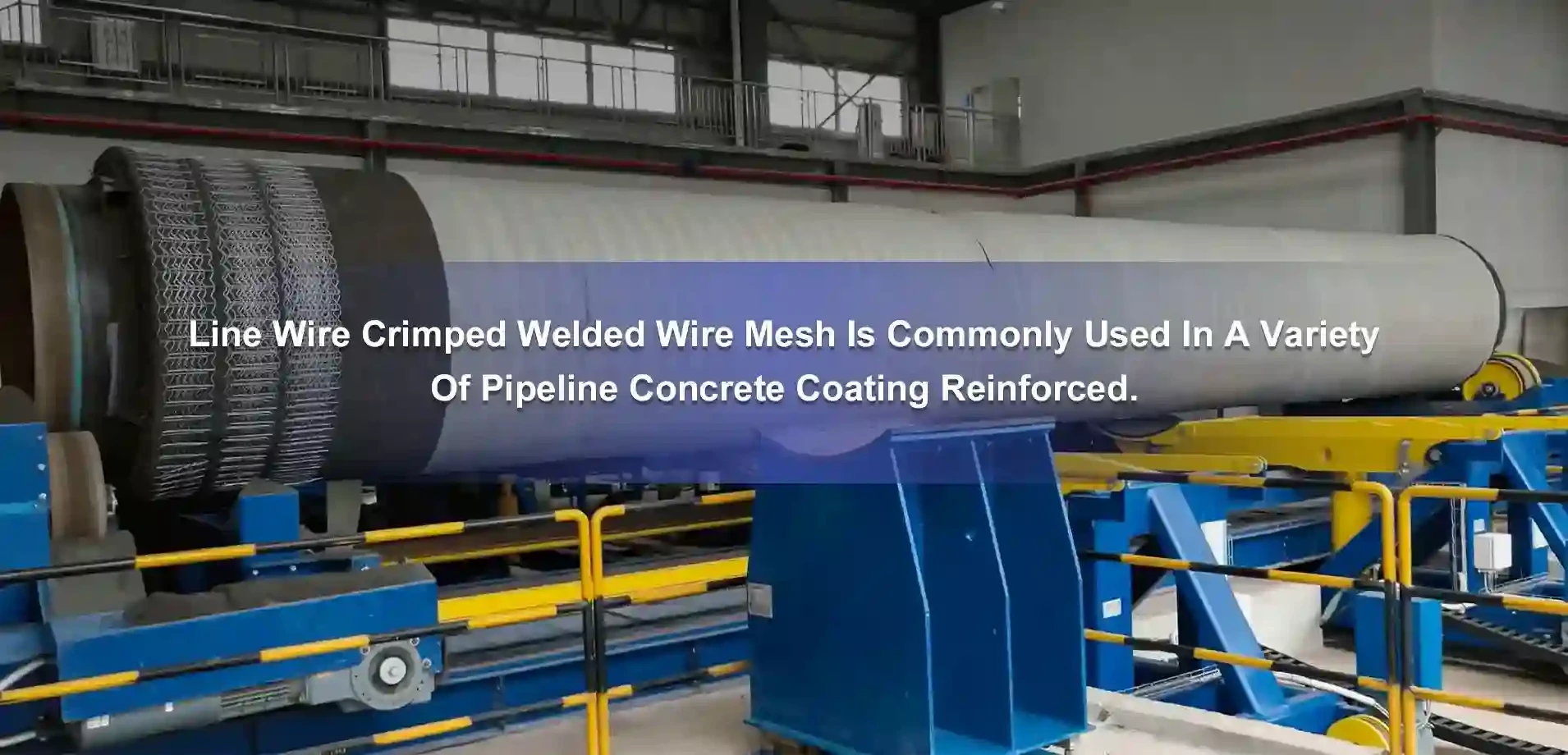- Industrial zone, South of Anping Town, Hengshui, Hebei, China.
- sales@hfpetromesh.com
- +86-18931809706
Innovative Aluminium Grating Solutions for Enhanced Durability and Versatile Applications
The Versatility and Benefits of Aluminium Grating
In modern construction and industrial applications, choosing the right materials can significantly impact overall project efficiency, safety, and long-term durability. One material that has gained popularity in various sectors is aluminium, particularly in the form of grating. Aluminium grating offers a multitude of advantages, making it an ideal choice for a wide range of applications.
What is Aluminium Grating?
Aluminium grating is a type of platform or flooring solution made from aluminium. It consists of interlocking bars or strips, creating an open grid pattern. This design not only provides excellent load-bearing properties but also allows for increased air and light circulation. Due to its robust and lightweight nature, aluminium grating has become a staple in numerous environments, including industrial facilities, commercial spaces, and public walkways.
Key Benefits of Aluminium Grating
1. Corrosion Resistance
One of the most significant benefits of aluminium grating is its exceptional resistance to corrosion. Unlike steel, which can rust when exposed to moisture, aluminium naturally forms a protective oxide layer that prevents oxidation. This property is particularly advantageous in environments where exposure to water and chemicals is common, such as wastewater treatment plants, marine settings, and chemical processing facilities.
2. Lightweight Yet Strong
Aluminium is known for its high strength-to-weight ratio. This means that aluminium grating is considerably lighter than traditional steel grating while still providing excellent load-bearing capabilities. The lightweight nature of aluminium also makes installation easier and more cost-effective, reducing the labor required for transport and setup. As a result, projects can be completed more quickly, with minimal disruption.
3. Flexibility in Design
Aluminium grating comes in various designs, including different bar styles, widths, and spacing options. This flexibility allows architects and engineers to select the most suitable grating for their specific application, be it slip-resistance, aesthetics, or load capacity. Additionally, aluminium can be easily fabricated into custom sizes, permitting seamless integration into any project.
aluminium grating

4. Low Maintenance Requirements
Due to its durable nature and corrosion resistance, aluminium grating typically requires minimal maintenance. Unlike other materials that may need regular repainting or refinishing, aluminium grating can often be cleaned with simple water and mild soap. This low maintenance requirement not only saves time but also reduces long-term operational costs, making it a financially savvy choice.
5. Environmentally Friendly
Aluminium is an environmentally friendly option. It is 100% recyclable, allowing for reduced waste and environmental impact throughout its lifecycle. Choosing aluminium grating contributes to sustainability efforts and aligns with increasing demands for green building practices. Additionally, the energy required to manufacture aluminium supports modern, efficient production methods that minimize carbon footprints.
6. Safety Features
Aluminium grating can be designed with specific safety features, such as anti-slip surfaces and various tread patterns. This versatility in design helps to create safer walking surfaces in industrial and commercial environments, reducing the risk of slips and falls. Ensuring safety is always a top priority, and aluminium grating provides solutions to meet those demands.
Applications of Aluminium Grating
The applications of aluminium grating are vast and varied. It can be found in industrial settings, such as power plants, refineries, and factories, providing flooring for walkways, platforms, and machine enclosures. Additionally, it is used in commercial settings for outdoor decking, footbridges, and stair treads. Municipalities also utilize aluminium grating for pedestrian walkways, drainage covers, and ventilation gratings.
Conclusion
Aluminium grating has proven to be a reliable and advantageous choice in contemporary construction and industrial applications. From its lightweight and durable properties to its corrosion resistance and low maintenance requirements, it meets the diverse needs of projects across multiple sectors. As industries continue to prioritize sustainability and safety, the demand for aluminium grating is expected to grow, solidifying its position as a primary solution for various flooring and support needs. As we move forward, embracing innovative materials like aluminium will only enhance the quality and efficiency of construction practices.
-
The Power of Pyramid Shaker Screen - A 3-Dimensional SolutionNewsOct.24,2024
-
Exploring the Versatility and Durability of Steel GratingNewsOct.24,2024
-
Revolutionizing Drilling Efficiency with Steel Frame Shaker Screens for Mud Shale ShakersNewsOct.24,2024
-
Potential of Shale Shaker ScreensNewsOct.24,2024
-
Offshore Pipeline Counterweight Welded Mesh - Reinforced Mesh in Marine EngineeringNewsOct.24,2024
-
Revolutionizing Offshore Pipeline Stability with Concrete Weight Coating MeshNewsOct.24,2024
